Services available at our clinic
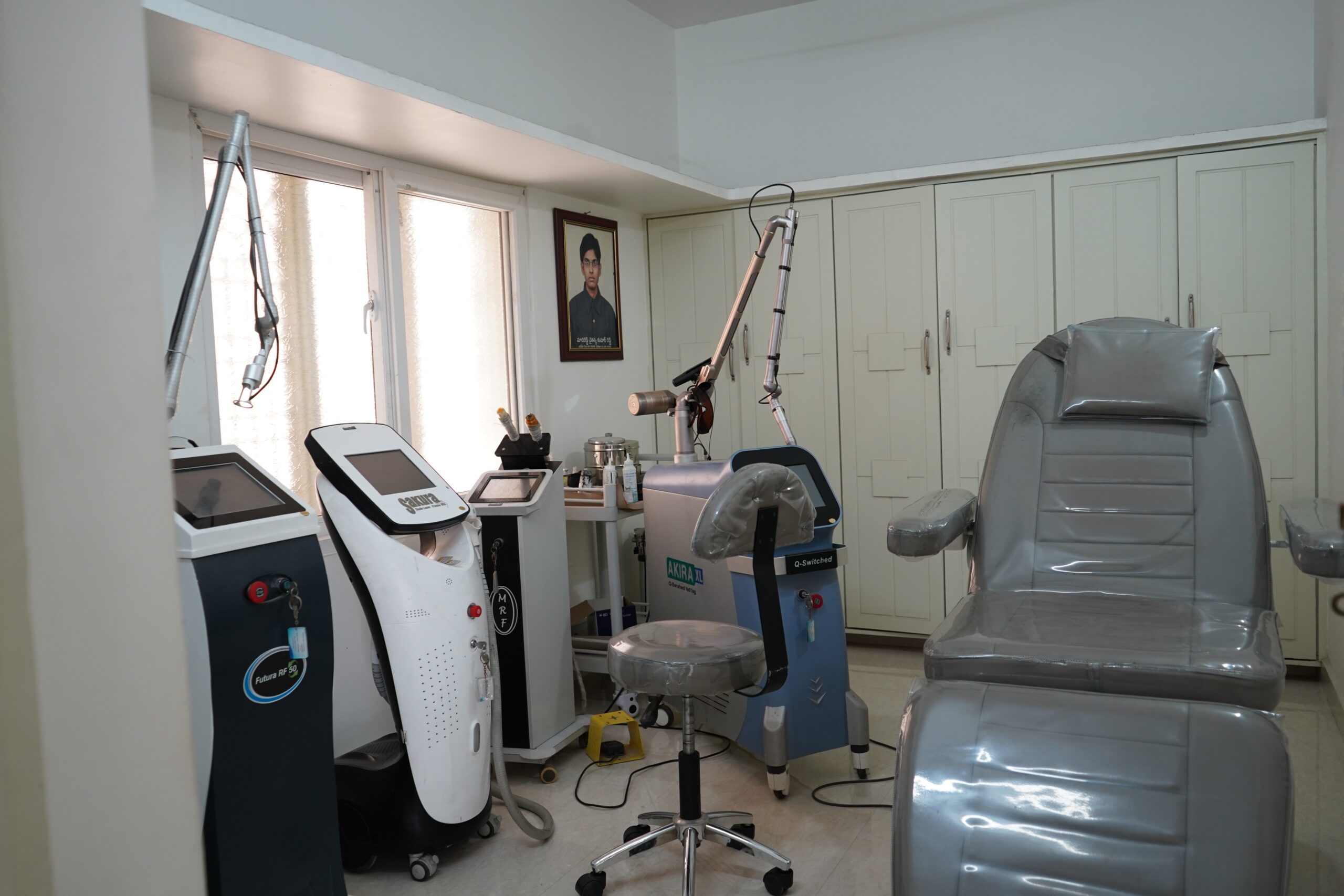
We understands your problem and then start treating you
We bring a unique treatment that suites for your conditions.
At our clinic, we offer customized treatments designed specifically to suit your individual skin and hair needs. With advanced technology and expert care, we ensure personalized solutions that address your unique conditions, providing effective and reliable results to help you look and feel your best.
Patient collaboration
This ensures personalized care through active communication, shared decision-making, and trust, fostering optimal treatment outcomes and satisfaction.
Expertise Doctors
Expertise doctors provide advanced care through specialized knowledge, innovative treatments, and personalized attention, ensuring optimal patient outcomes.
Innovative treatment
Combine advanced technology, evidence-based practices, and personalized approaches to deliver effective solutions for unique patient needs.
Integrity & trust
Integrity and trust form the foundation of our care, ensuring honesty, transparency, and unwavering commitment to patient well-being.
Our services
We provide a comprehensive range of specialized treatments designed to cater to the unique skin and hair care needs of our patients.
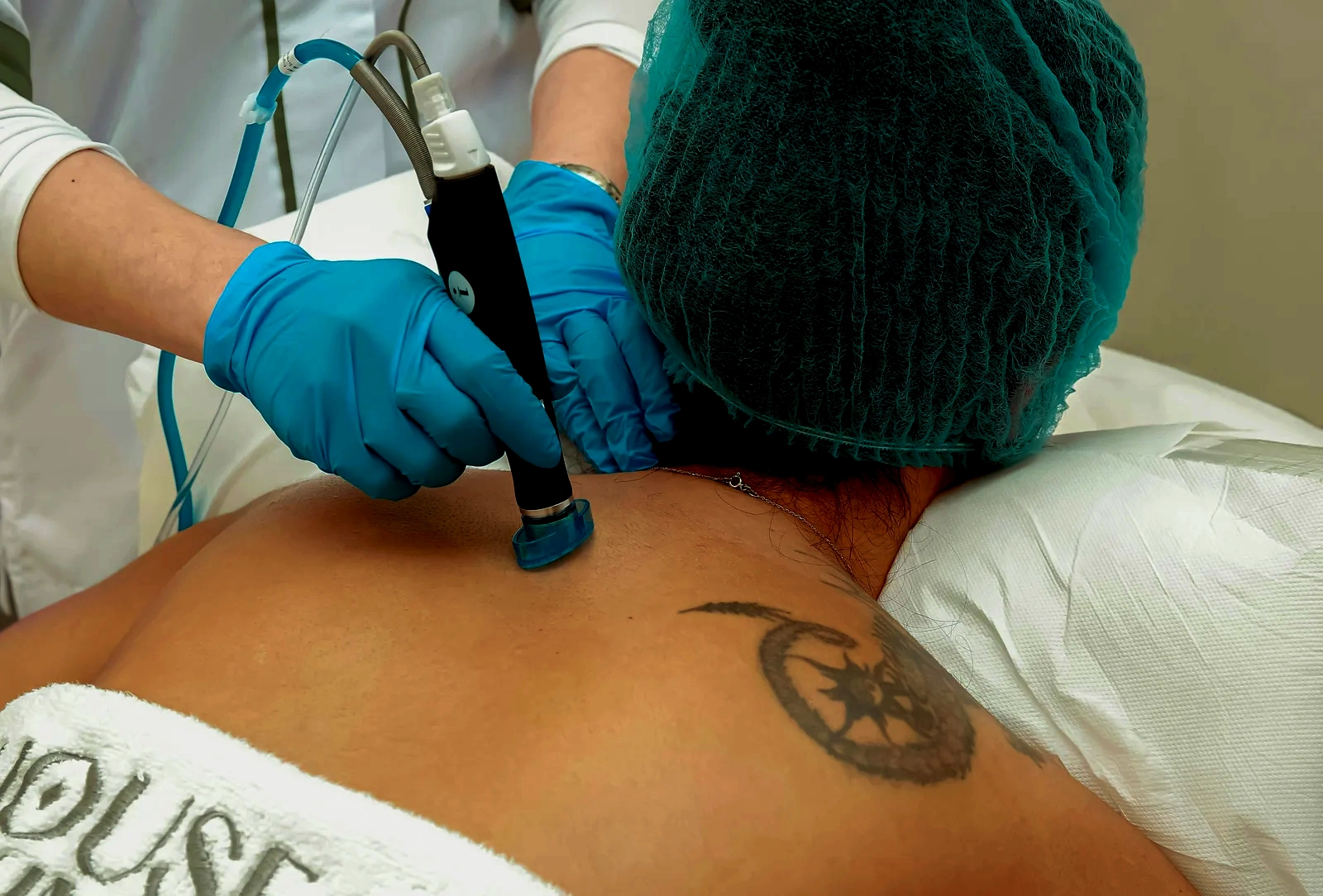
Permanent tattoo removal
People have attempted many methods to try to hide or destroy tattoos. The standard modern method is the non-invasive removal of tattoo pigment using Q-switched lasers. Different types of Q-switched lasers are used to target different colors of tattoo ink, depending on the specific light absorption spectra of the tattoo pigments. Typically, black and other darker-colored inks can be removed completely using Q-switched lasers, while lighter colors, such as yellows and greens, are very difficult to remove. Success depends on a wide variety of factors including skin color, ink color, and the depth at which the ink was applied.

Vitiligo surgery
Vitiligo is a chronic autoimmune disorder that causes patches of skin to lose pigment or color. The cause of vitiligo is unknown, but it may be related to immune system changes, genetic factors, stress, or sun exposure. Treatment options include topical medications, light therapy, surgery and cosmetics. The condition can show up on any skin type as a light peachy color and can appear on any place on the body in all sizes. The spots on the skin known as vitiligo are also able to “change” as spots lose and regain pigment; they will stay in relatively the same areas but can move over time and some big patches can move through the years but never disappear overnight.
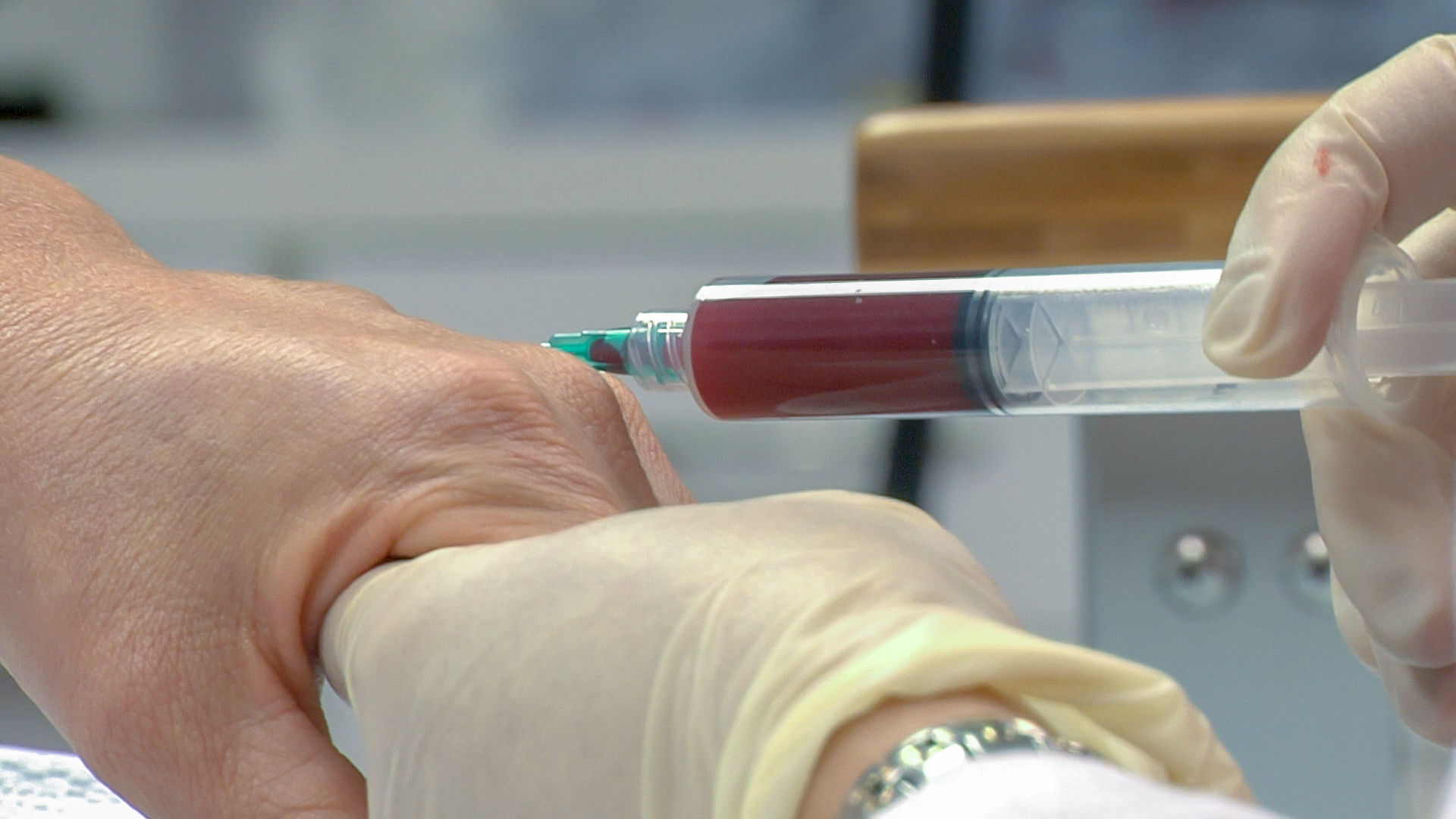
Platelet-rich_plasma
Platelet-rich plasma (PRP), also known as autologous conditioned plasma, is a concentrate of plasma protein derived from whole blood, centrifuged to remove red blood cells but retaining platelets. Though promoted for treating various medical conditions, evidence of its benefits was mixed as of 2020, showing effectiveness in certain conditions and ineffectiveness in others. As a concentrated source of blood plasma and autologous conditioned plasma, PRP contains multiple growth factors and other cytokines that can stimulate the healing of soft tissues and joints. Indications for its use include sports medicine and orthopaedics (such as acute muscle strains, tendinopathy, tendinosis, muscle-fascial injuries, and osteoarthritis) dermatology (for androgenic alopecia, wound healing, and skin rejuvenation), and even proctology.
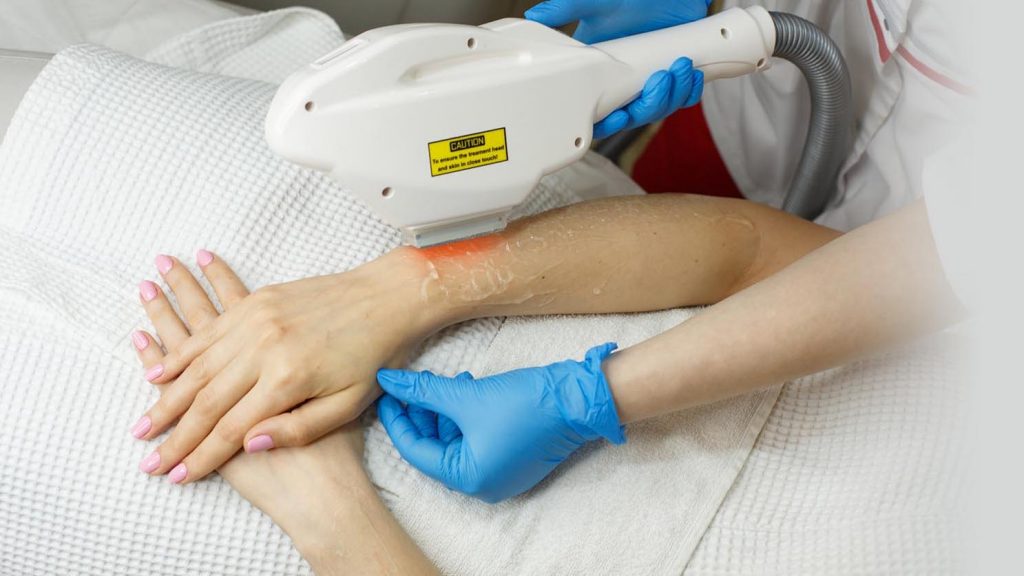
PUVA therapy
LED PUVA lamps give much more intense light compared to fluorescent type lamps. This reduces the treatment time, makes the treatment more effective, and enables the use of a weaker psoralen. The physician and physiotherapists can choose a starting dose of UV based on the patient’s skin type. The UV dose will be increased in every treatment until the skin starts to respond, normally when it becomes a little bit pink. Normally the UVA dose is increased slowly, starting from 10 seconds and increased by 10 seconds a day, until the skin becomes a little bit pink. To reduce the number of treatments, some clinics test the skin before the treatments, by exposing a small area of the patient’s skin to UVA, after ingestion of psoralen. The dose of UVA that produces redness 12 hours later, called the minimum phototoxic dose (MPD), or minimal erythema dose (MED) becomes the starting dose for treatment.
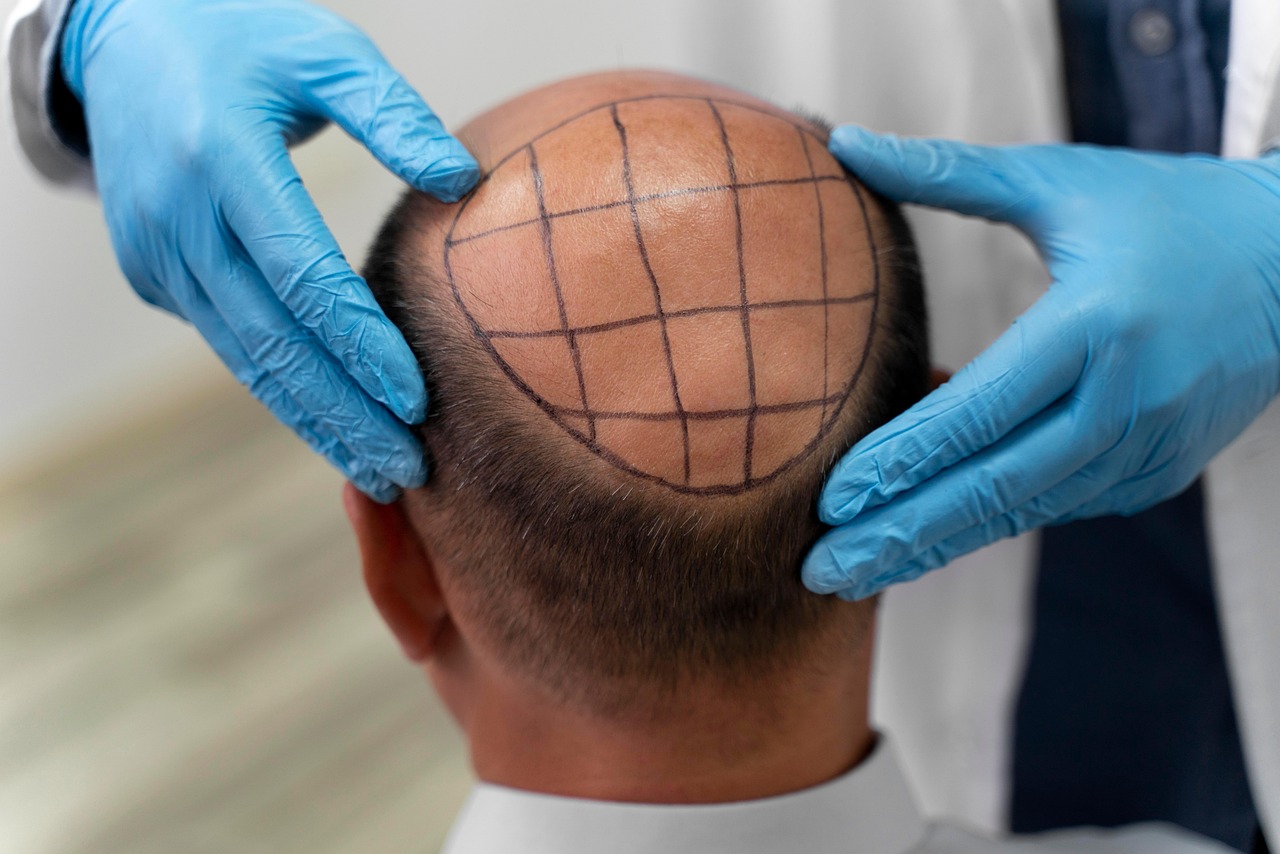
Hair transplantation
Hair transplantation is a surgical technique that removes hair follicles from one part of the body, called the ‘donor site’, to a bald or balding part of the body known as the ‘recipient site’. The technique is primarily used to treat male pattern baldness. In this minimally invasive procedure, grafts containing hair follicles that are genetically resistant to balding (like the back of the head) are transplanted to the bald scalp. Hair transplantation can also be used to restore eyelashes, eyebrows, beard hair, chest hair, pubic hair and to fill in scars caused by accidents or surgery such as face-lifts and previous hair transplants. Hair transplantation differs from skin grafting in that grafts contain almost all of the epidermis and dermis surrounding the hair follicle, and many tiny grafts are transplanted rather than a single strip of skin.

Cosmetic laser surgery
The letters in the word “laser” stand for Light Amplification by Stimulated Emission of Radiation. A laser is a single-wavelength source of high-energy light that can be accurately focused to transmit that light onto a tiny area to achieve the desired effects. Lasers are monochromatic, meaning a given laser emits light of only one wavelength. Lasers work in cosmetic procedures through a selective photothermolysis process, which means that they modulate the frequency of light (photo) to produce heat (thermo) in the specific area that will be destroyed (lysis). Lasers emit a light beam wavelength in sync with the target’s color, whether they are brown spots, broken red capillaries, or another skin condition. If you’re considering laser surgery for a cosmetic procedure, you may come across various types of laser procedures.

Laser hair removal
The primary principle behind laser hair removal is selective photothermolysis (SPTL), the matching of a specific wavelength of light and pulse duration to obtain optimal effect on a targeted tissue with minimal effect on surrounding tissue. Lasers can cause localized damage by selectively heating dark target matter, melanin, thereby heating up the basal stem cells in the follicle which causes hair growth, the hair follicle, while not directly heating the rest of the skin. Light is absorbed by dark objects but reflected by light objects and water, so laser energy can be absorbed by dark material in the hair or skin, with much more speed and intensity than just the skin without any dark adult hair or melanin.
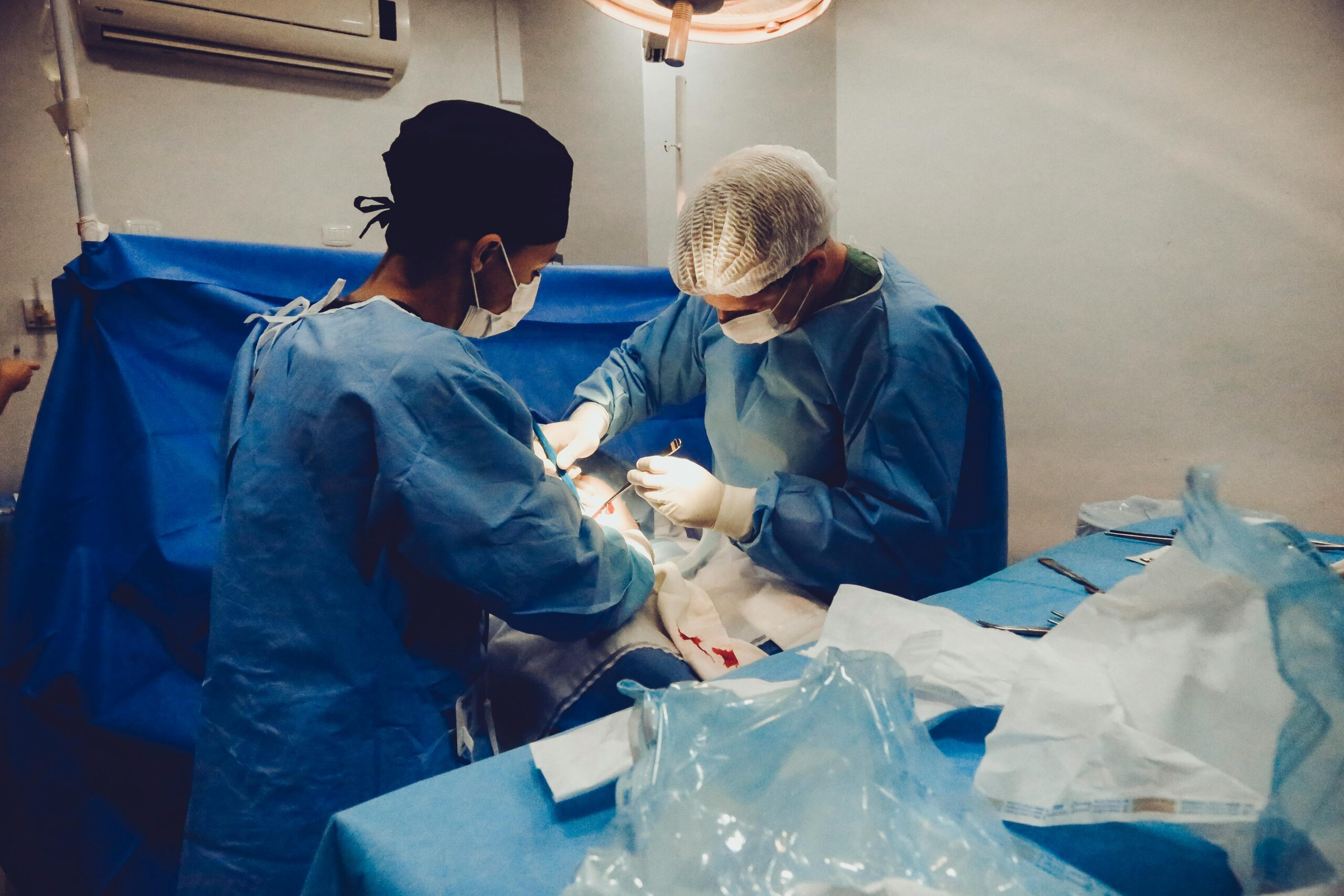
General dermatologic surgery
Dermatologic surgery has a long history and has evolved significantly over time. Ancient civilizations such as Egyptians, Greeks, and Romans practiced early forms of dermatologic surgery, employing techniques such as tissue excision, cautery, and scarification for therapeutic and cosmetic purposes.
The 19th century marked the emergence of dermatologic surgery as a distinct speciality, where significant advancements in surgical techniques and instruments were made. For instance, the development of aseptic techniques and anesthesia allowed for infection-free and pain-free procedures respectively, while instruments such as forceps, retractors, and cauteries improved the precision and safety of dermatological surgical procedures.[
Why choose us
Transforming your problems with solution.
We provide and deliver advanced skin and hair care solutions that inspire confidence, ensure results, and prioritize individual needs. Our treatments are meticulously tailored to suit the unique concerns and goals of each client, setting new standards in personalized care.

Build with best environment
Built with the best environment, our clinic ensures state-of-the-art facilities, advanced technology, and a patient-centric approach for exceptional care.
Best medicine provider
Best medicine provider signifies excellence in delivering high-quality, safe, and effective pharmaceutical solutions with a focus on patient well-being.
Best treatment providers
Best treatment providers deliver care through advanced techniques, personalized approaches, and exceptional expertise, ensuring outstanding patient satisfaction.
Customer Satisfaction
Customer satisfaction reflects our dedication to understanding patient needs, delivering exceptional care, and ensuring positive experiences with every interaction.